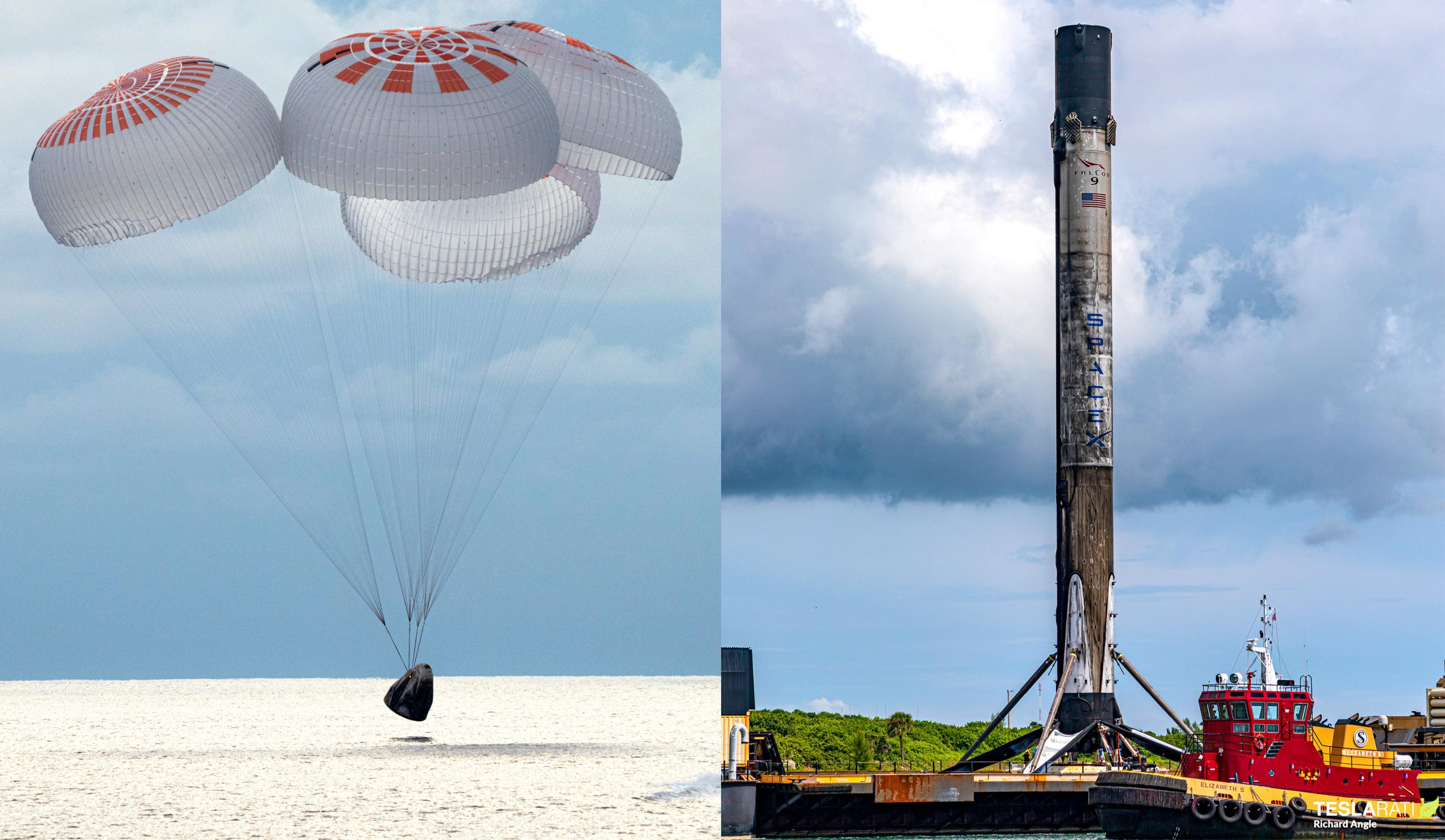
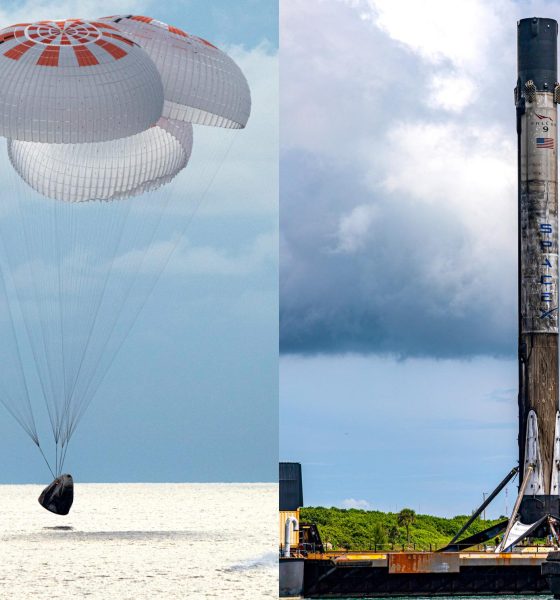
News
SpaceX Inspiration4 Dragon, Falcon 9 booster return to port after flawless mission
After acing a flawless commercial astronaut launch debut, SpaceX’s Inspiration4 Crew Dragon spacecraft, Falcon 9 booster, and the four private astronauts they carried have been safely returned to dry land.
Simultaneously, thanks to a decently executed media strategy, a well-received Netflix documentary, and the spectacular overall success of the Inspiration4 launch, a senior SpaceX engineer and manager says that the company is seeing a major influx in new demand from the ultrawealthy for more private free-flyer missions to orbit. In fact, the amount of interest is so significant that SpaceX may even consider building one or more Dragon spacecraft that would be solely dedicated to private astronaut missions.
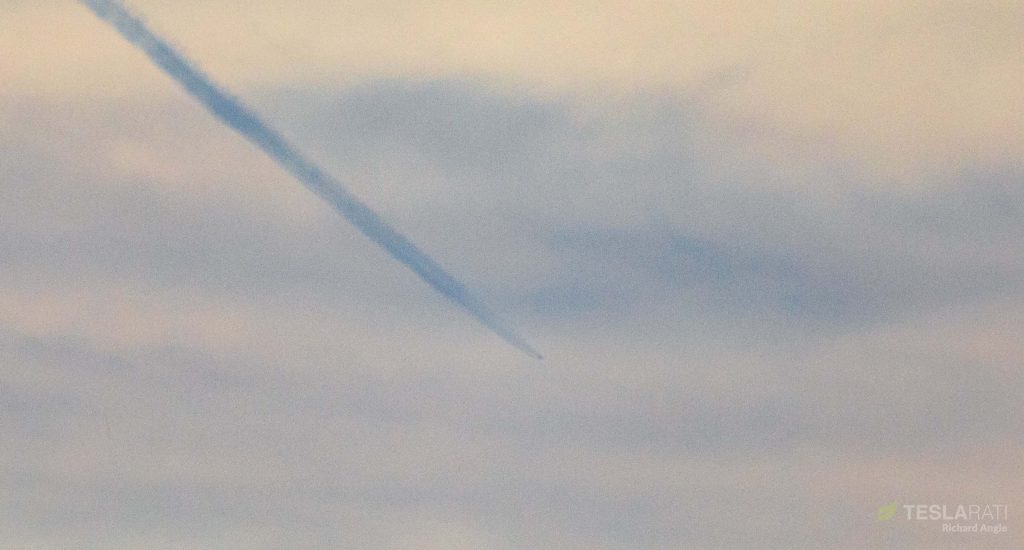
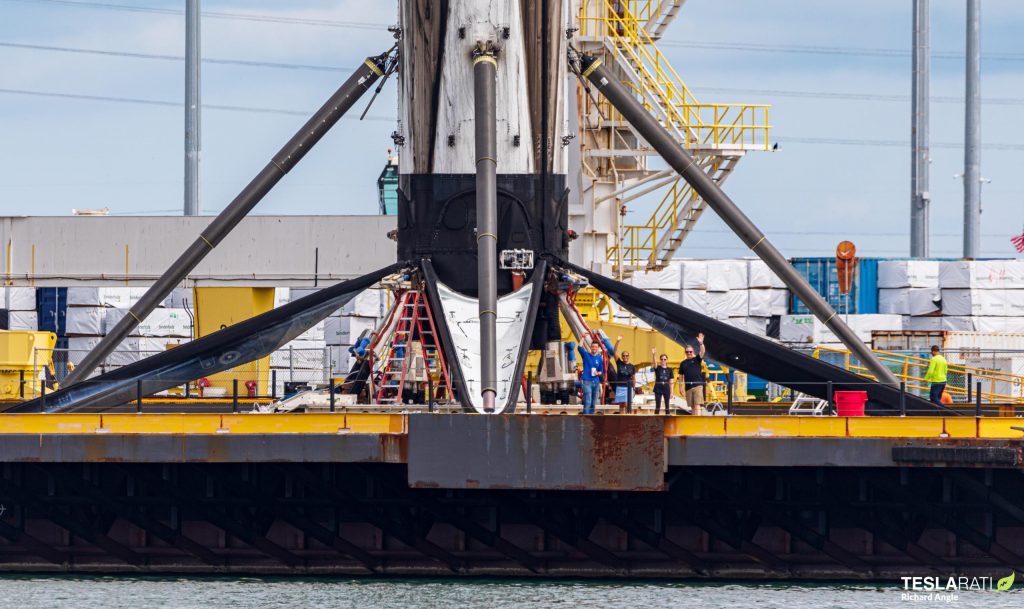
Around 8:03pm EDT on Wednesday, September 15th, a twice-flown SpaceX Falcon 9 booster and a new expendable upper stage flawlessly delivered a once-flown Crew Dragon spacecraft and the world’s first all-private crew of astronauts to orbit. As is now routine, Falcon 9 booster B1062 landed on a drone ship without issue, where a robot and human team secured the booster for transport back to Florida. On September 18th, after spending almost three days in orbit, reaching heights higher than any private astronauts have ever experienced, and enjoying the first flight of the world’s largest window in space, Crew Dragon lowered its orbit and completed its fourth successful orbital reentry, descent, and splashdown.
In a post-splashdown press conference, after plenty of congratulations, SpaceX Director of Dragon Mission Management Benji Reed revealed that Inspiration4 appears to have inspired a dramatic uptick in the amount of interest the company’s private spaceflight sales and marketing teams are experiencing. More specifically, Inspiration4 has effectively proven that free-flyer missions in a spacecraft as small as Crew Dragon are not only doable – but potentially enjoyable, too.
As a result, SpaceX is suddenly seeing far more interest in similar free-flyer missions. While not nearly as extensive as one or two-week-long private missions to the International Space Station (ISS), of which SpaceX already has several under contract, free-flyer missions are both substantially cheaper (likely >$25M) and a magnitude easier to coordinate. Due to a combination of apparently poor planning on NASA’s part and a years-old SpaceX launch failure in 2015, the ISS only has two docking ports available to US crewed spacecraft – one of which is likely to be almost permanently occupied for the indefinite future. That lone free port is the only place SpaceX’s new Cargo Dragon 2 spacecraft can dock and must also host a second Crew Dragon (or Boeing Starliner, eventually) every ~6 months during crew hand-offs.
That ultimately means that the slots for additional crew or cargo spacecraft in need of those specific docking ports are incredibly few and far between, while the few that do exist are fickle at best given the high probability of minor launch delays when planning missions months or even years in advance. Put simply, if SpaceX’s prospective private spaceflight customers are interested enough in free-flyer missions to overlook the tradeoffs, it would allow the company to fly private astronauts far more easily, frequently, and cheaply.
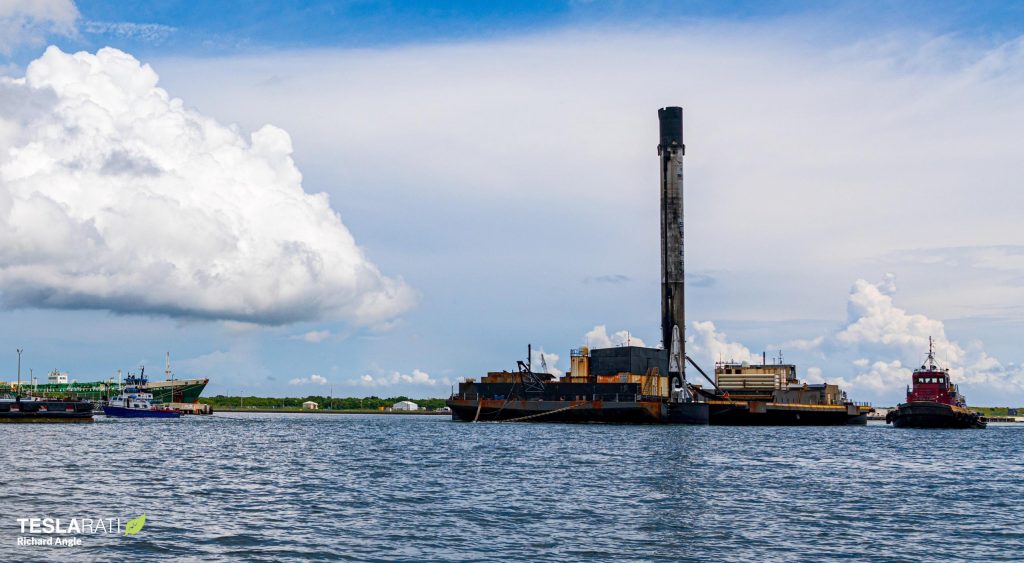
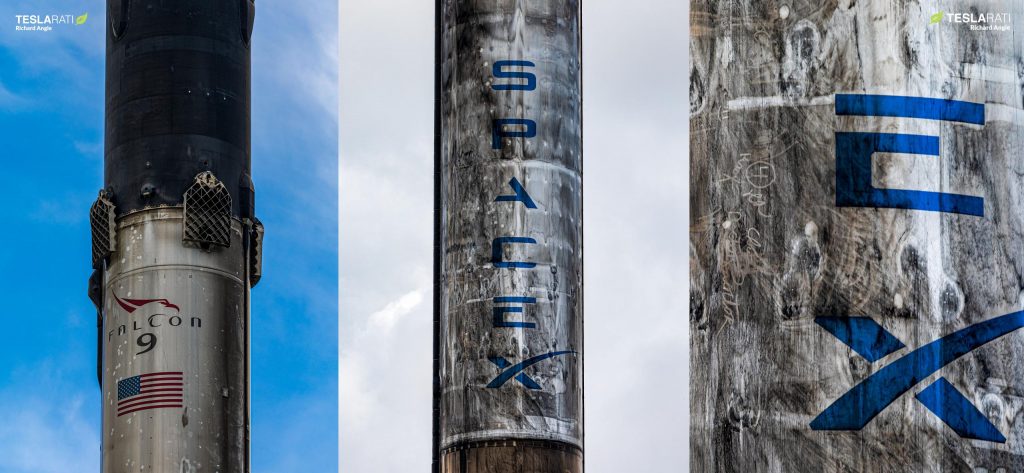
Thanks in large part to reusability, which also made Inspiration4 possible anywhere close to the timeframe it actually happened in, private orbital spaceflight could also become far more accessible than it’s ever been as SpaceX gains experience and confidence in Crew Dragon reuse. Prior to Inspiration4, a total of seven private citizens (all extremely wealthy) were able to pay approximately $30M in 2021 dollars to launch to the ISS in a Russian Soyuz spacecraft and spent around two weeks in orbit. Using a flight-proven Dragon capsule and Falcon 9 booster, it’s entirely possible that SpaceX could eventually sell free-flyer missions for as little as $15-20M per seat – and possibly even less – while still ensuring a small profit.
For now, according to Eric Berger and SpaceX customer Axiom Space, that price is closer to ~$40M per free-flyer seat and $55M for a seat on a ~10-day Axiom mission to and from the ISS. It’s quite likely that with those prices, SpaceX’s profit margins on four-person private astronaut launches approach 50%, if not more.
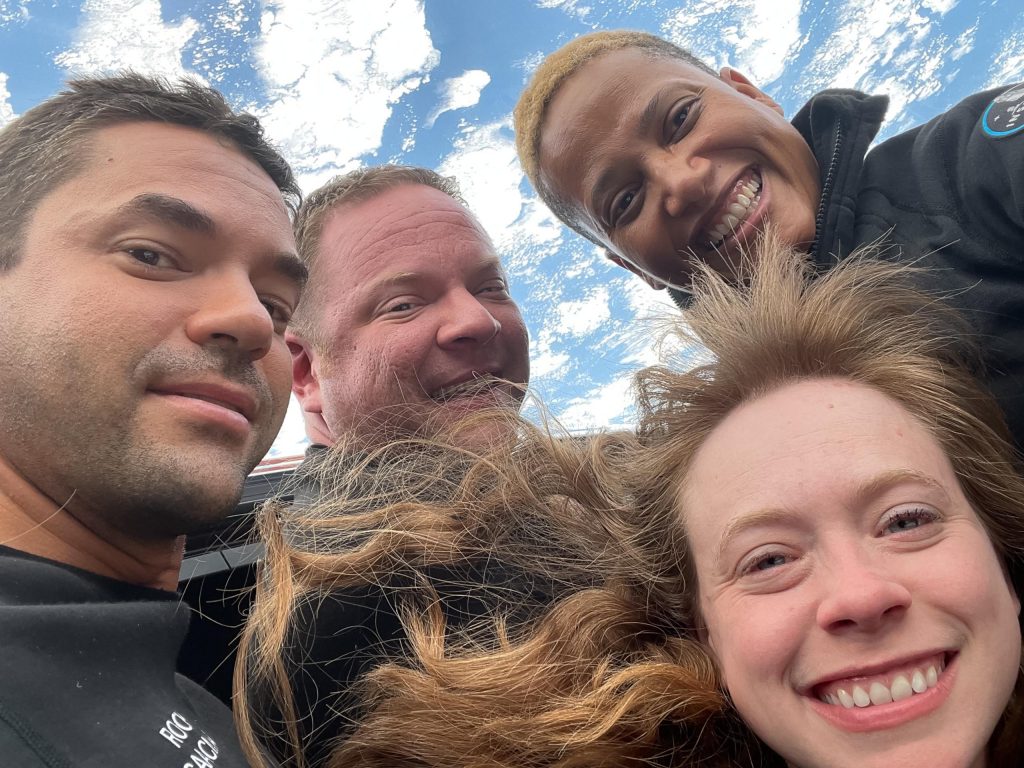
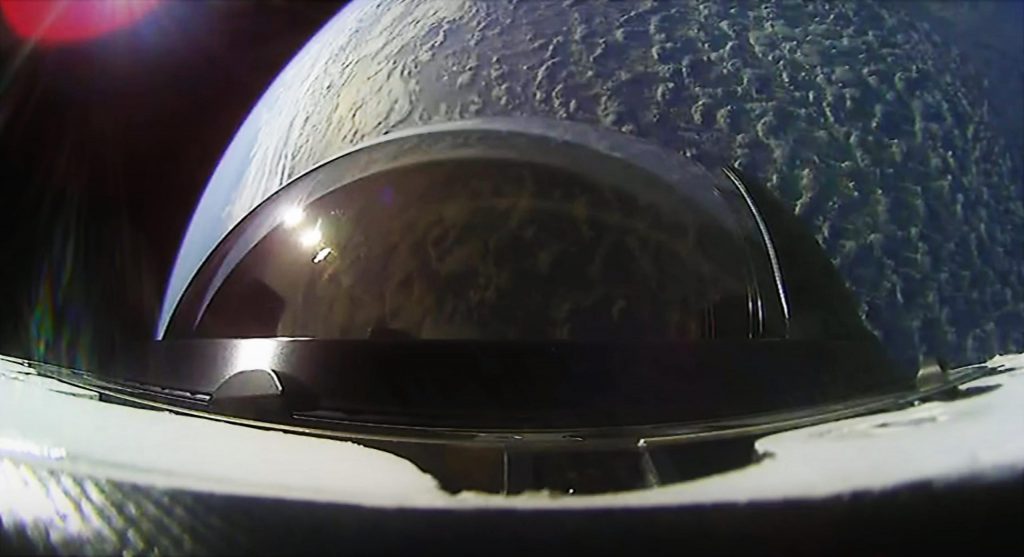
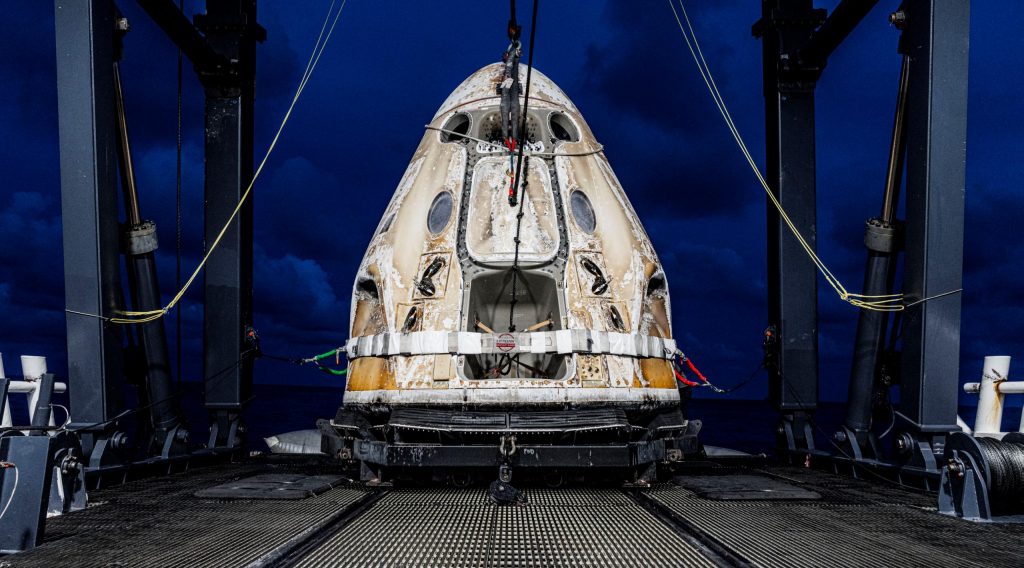

News
Tesla (TSLA) receives “Buy” rating and $551 PT from Canaccord Genuity
He also maintained a “Buy” rating for TSLA stock over the company’s improving long-term outlook, which is driven by autonomy and robotics.

Canaccord Genuity analyst George Gianarikas raised his Tesla (NASDAQ:TSLA) price target from $482 to $551. He also maintained a “Buy” rating for TSLA stock over the company’s improving long-term outlook, which is driven by autonomy and robotics.
The analyst’s updated note
Gianarikas lowered his 4Q25 delivery estimates but pointed to several positive factors in the Tesla story. He noted that EV adoption in emerging markets is gaining pace, and progress in FSD and the Robotaxi rollout in 2026 represent major upside drivers. Further progress in the Optimus program next year could also add more momentum for the electric vehicle maker.
“Overall, yes, 4Q25 delivery expectations are being revised lower. However, the reset in the US EV market is laying the groundwork for a more durable and attractive long-term demand environment.
“At the same time, EV penetration in emerging markets is accelerating, reinforcing Tesla’s potential multi‑year growth runway beyond the US. Global progress in FSD and the anticipated rollout of a larger robotaxi fleet in 2026 are increasingly important components of the Tesla equity story and could provide sentiment tailwinds,” the analyst wrote.
Tesla’s busy 2026
The upcoming year would be a busy one for Tesla, considering the company’s plans and targets. The autonomous two-seat Cybercab has been confirmed to start production sometime in Q2 2026, as per Elon Musk during the 2025 Annual Shareholder Meeting.
Apart from this, Tesla is also expected to unveil the next-generation Roadster on April 1, 2026. Tesla is also expected to start high-volume production of the Tesla Semi in Nevada next year.
Apart from vehicle launches, Tesla has expressed its intentions to significantly ramp the rollout of FSD to several regions worldwide, such as Europe. Plans are also underway to launch more Robotaxi networks in several more key areas across the United States.
News
Waymo sues Santa Monica over order to halt overnight charging sessions
In its complaint, Waymo argued that its self-driving cars’ operations do not constitute a public nuisance, and compliance with the city’s order would cause the company irreparable harm.

Waymo has filed a lawsuit against the City of Santa Monica in Los Angeles County Superior Court, seeking to block an order that requires the company to cease overnight charging at two facilities.
In its complaint, Waymo argued that its self-driving cars’ operations do not constitute a public nuisance, and compliance with the city’s order would cause the company irreparable harm.
Nuisance claims
As noted in a report from the Los Angeles Times, Waymo’s two charging sites at Euclid Street and Broadway have operated for about a year, supporting the company’s growing fleet with round-the-clock activity. Unfortunately, this has also resulted in residents in the area reportedly being unable to sleep due to incessant beeping from self-driving taxis that are moving in and out of the charging stations around the clock.
Frustrated residents have protested against the Waymos by blocking the vehicles’ paths, placing cones, and “stacking” cars to create backups. This has also resulted in multiple calls to the police.
Last month, the city issued an order to Waymo and its charging partner, Voltera, to cease overnight operations at the charging locations, stating that the self-driving vehicles’ activities at night were a public nuisance. A December 15 meeting yielded no agreement on mitigations like software rerouting. Waymo proposed changes, but the city reportedly insisted that nothing would satisfy the irate residents.
“We are disappointed that the City has chosen an adversarial path over a collaborative one. The City’s position has been to insist that no actions taken or proposed by Waymo would satisfy the complaining neighbors and therefore must be deemed insufficient,” a Waymo spokesperson stated.
Waymo pushes back
In its legal complaint, Waymo stated that its “activities at the Broadway Facilities do not constitute a public nuisance.” The company also noted that it “faces imminent and irreparable harm to its operations, employees, and customers” from the city’s order. The suit also stated that the city was fully aware that the Voltera charging sites would be operating around the clock to support Waymo’s self-driving taxis.
The company highlighted over one million trips in Santa Monica since launch, with more than 50,000 rides starting or ending there in November alone. Waymo also criticized the city for adopting a contentious strategy against businesses.
“The City of Santa Monica’s recent actions are inconsistent with its stated goal of attracting investment. At a time when the City faces a serious fiscal crisis, officials are choosing to obstruct properly permitted investment rather than fostering a ‘ready for business’ environment,” Waymo stated.
News
Tesla FSD v14.2.2 is getting rave reviews from drivers
So far, early testers have reported buttery-smooth drives with confident performance, even at night or on twisty roads.

Tesla Full Self-Driving (Supervised) v14.2.2 is receiving positive reviews from owners, with several drivers praising the build’s lack of hesitation during lane changes and its smoother decision-making, among others.
The update, which started rolling out on Monday, also adds features like dynamic arrival pin adjustment. So far, early testers have reported buttery-smooth drives with confident performance, even at night or on twisty roads.
Owners highlight major improvements
Longtime Tesla owner and FSD user @BLKMDL3 shared a detailed 10-hour impression of FSD v14.2.2, noting that the system exhibited “zero lane change hesitation” and “extremely refined” lane choices. He praised Mad Max mode’s performance, stellar parking in locations including ticket dispensers, and impressive canyon runs even in dark conditions.
Fellow FSD user Dan Burkland reported an hour of FSD v14.2.2’s nighttime driving with “zero hesitations” and “buttery smooth” confidence reminiscent of Robotaxi rides in areas such as Austin, Texas. Veteran FSD user Whole Mars Catalog also demonstrated voice navigation via Grok, while Tesla owner Devin Olsen completed a nearly two-hour drive with FSD v14.2.2 in heavy traffic and rain with strong performance.
Closer to unsupervised
FSD has been receiving rave reviews, even from Tesla’s competitors. Xpeng CEO He Xiaopeng, for one, offered fresh praise for FSD v14.2 after visiting Silicon Valley. Following extended test drives of Tesla vehicles running the latest FSD software, He stated that the system has made major strides, reinforcing his view that Tesla’s approach to autonomy is indeed the proper path towards autonomy.
According to He, Tesla’s FSD has evolved from a smooth Level 2 advanced driver assistance system into what he described as a “near-Level 4” experience in terms of capabilities. While acknowledging that areas of improvement are still present, the Xpeng CEO stated that FSD’s current iteration significantly surpasses last year’s capabilities. He also reiterated his belief that Tesla’s strategy of using the same autonomous software and hardware architecture across private vehicles and robotaxis is the right long-term approach, as it would allow users to bypass intermediate autonomy stages and move closer to Level 4 functionality.








